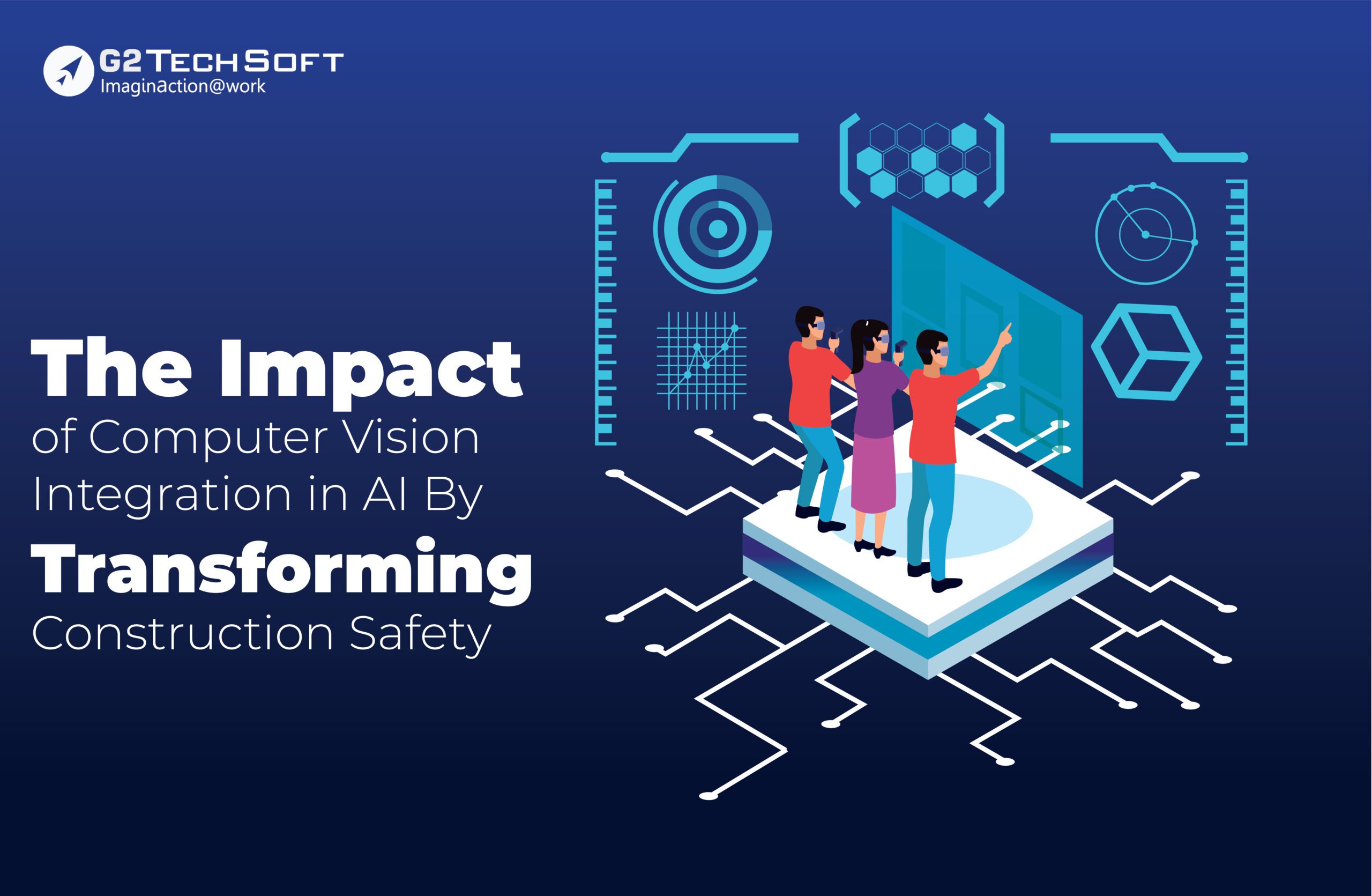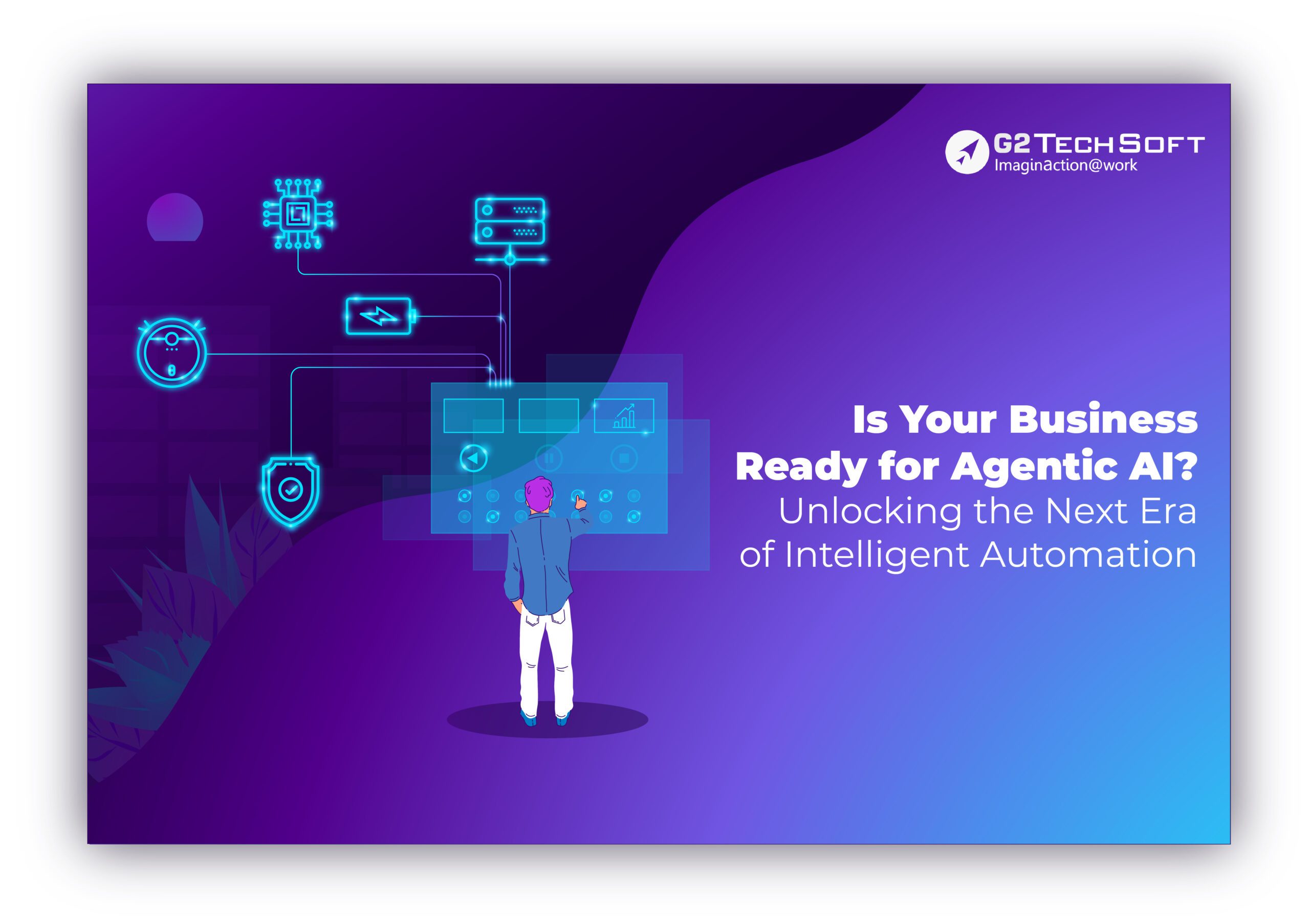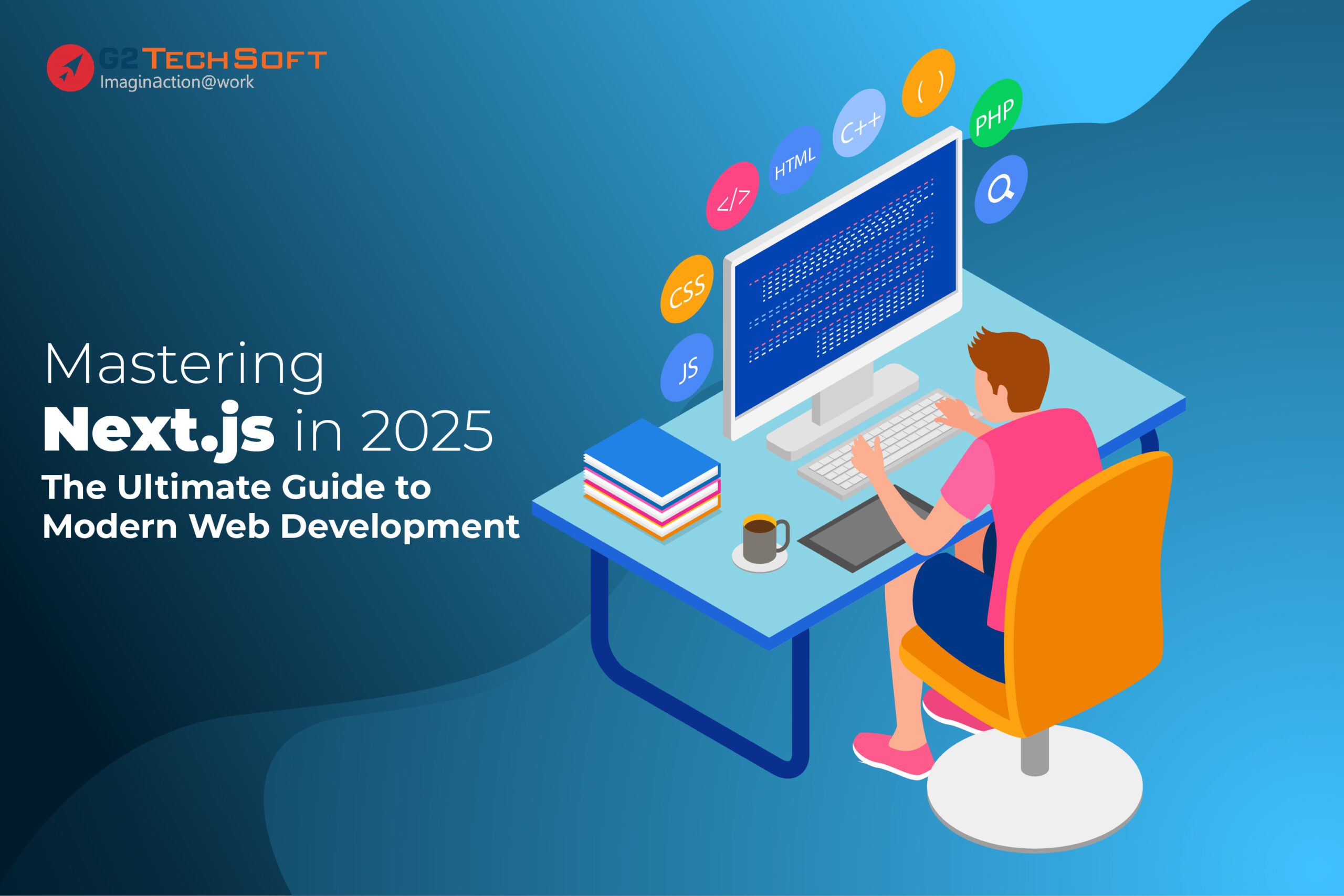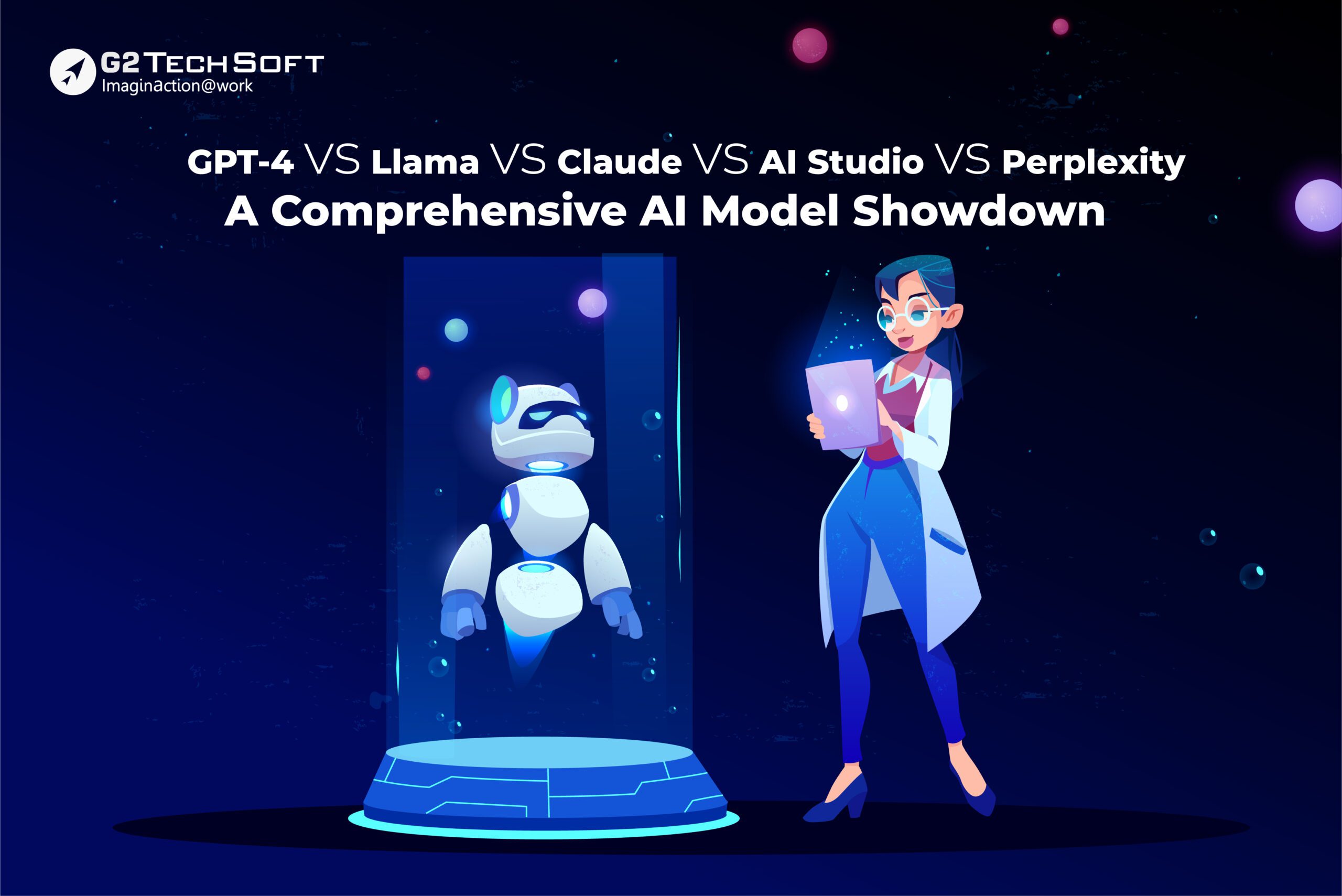
The Impact Of Computer Vision Integration In AI By Transforming Construction Safety
The construction industry is a global economic powerhouse, accounting for a significant 13% of the world’s GDP. However, this economic might is overshadowed by a concerning lack of productivity growth.
Over the past two decades, construction has seen a meager 1% increase, lagging far behind the global average of 2.8%. Furthermore, it’s the most dangerous industry, with the highest number of workplace fatalities.
To tackle these critical issues and improve both business operations and worker safety, innovative solutions are pivotal. Here is where advancements in artificial intelligence, particularly computer vision, shine. These solutions are often readily implementable, permitting construction firms to seamlessly integrate cutting-edge technology into their workflows and unlock immediate gains in efficiency and on-site safety.
The Role Of Computer Vision Advantages In Construction Industry Safety And Efficiency
With the rise of advanced technologies, one standout solution that is revolutionizing the field is computer vision. This innovative technology is transforming safety measures on construction sites by providing real-time hazard detection, automated safety monitoring, and enhanced emergency response.
In this section, let us delve into how computer vision is improving construction site safety.
Instant Hazard Identification: Computer vision systems serve as an additional vigilant presence on construction sites. These systems can detect potential hazards in real time, from the slightest worker movements to equipment malfunctions. This capability enables swift action to mitigate risks before they escalate.
Automated Safety Oversight: The power of computer vision lies in its ability to automate safety protocols. Envision a system that continuously monitors safety guidelines without manual intervention. This not only ensures compliance with safety measures but also allows workers to concentrate on their tasks, thereby increasing overall productivity.
Emergency Response Efficiency: In emergencies, every second counts. Computer vision facilitates quick emergency responses by detecting incidents like falls or accidents. Automated alerts are triggered instantly, ensuring immediate assistance is on the way.
Machinery and Vehicle Monitoring: Construction sites are bustling with heavy machinery and vehicles. Computer vision is pivotal in preventing collisions by monitoring their movements. The system can detect potential clashes and prompt timely interventions to avoid accidents.
Benefits Of Computer Vision In Construction Safety:
- Proactive Risk Management: Computer vision technology identifies and mitigates potential risks early by continuously monitoring the site for hazards like unsafe behavior and equipment malfunctions. This proactive approach helps limit accidents before they occur.
- Enhanced Productivity: By automating safety processes, computer vision allows workers to concentrate on their primary tasks, improving overall productivity. Automated monitoring systems handle repetitive safety checks, ensuring continuous oversight without distracting workers.
- Cost Reduction: Early hazard detection prevents costly accidents and associated expenses such as equipment repairs, medical bills, and project delays. This reduction in financial risks allows construction companies to allocate resources more effectively.
- Consistent Compliance: Computer vision ensures adherence to safety regulations by continuously monitoring and enforcing compliance. Automated systems track behavior, equipment usage, and site conditions against safety standards, reducing the risk of fines and project shutdowns.
AI Innovations By Transforming The Construction Industry:
AI has brought about a shift, but it is a continuous progression rather than a static process. Here is how AI is dynamically reshaping the construction industry:
Continuous Innovation:
AI in construction is a rapidly evolving field characterized by ongoing research and development. New applications and technologies are consistently emerging, driving continuous innovation and improving efficiency across the industry. This perpetual advancement ensures that AI solutions remain at the forefront of technological progress, enabling the construction sector to tackle complex challenges with greater effectiveness.
Integration With Other Technologies:
AI is frequently integrated with other cutting-edge technologies such as the Internet of Things (IoT), Building Information Modeling (BIM), and augmented reality. This integration creates powerful synergies that enhance overall project outcomes. For instance, combining AI with BIM allows for more precise planning and resource management, while AI and IoT together enable real-time monitoring of construction sites, improving safety and operational efficiency.
Adaptive Learning:
AI systems in construction are designed to continuously learn from and adapt to real-time data. This adaptive learning capability ensures that AI technologies become progressively more efficient and effective over time. By learning from past projects and ongoing operations, AI can predict potential issues, optimize processes, and improve decision-making, leading to better project performance and reduced risks.
Data-Driven Decision Making:
AI relies heavily on data to function effectively. As the construction industry becomes increasingly data-driven, AI-based analytics and insights play a pivotal role in decision-making processes. This shift towards data-driven strategies enables construction firms to make more informed decisions, resulting in improved project outcomes, optimized resource utilization, and enhanced overall efficiency.
Industry-wide Impact:
The transformative power of AI extends beyond individual projects to have an industry-wide impact. As more companies adopt AI technologies, the collective result is a more efficient, innovative, and competitive construction sector. The widespread implementation of AI drives industry standards higher, encouraging continuous improvement and promoting a culture of innovation throughout the construction ecosystem.
How Computer Vision Is Transforming Construction Safety?
Let us explore some of the most innovative applications of computer vision in enhancing heavy equipment safety and discuss how businesses can leverage this technology to protect their workers.
Blind Spot Detection:
Operating heavy equipment often involves significant risks due to blind spots. Computer vision technology can detect these blind spots in large trucks and other machinery, alerting operators to potential hazards. By employing sensors and cameras to monitor the equipment’s surroundings, computer vision systems offer real-time feedback to operators, permitting them to avoid accidents.
Collision Avoidance Systems:
Computer vision technology can also be integrated into collision avoidance systems to enhance heavy equipment safety. By detecting nearby objects and obstacles with cameras and sensors, these systems offer real-time feedback to operators, helping them steer clear of potential collisions. Additionally, these systems can be programmed to take control of the equipment in critical situations, such as when an operator fails to respond to an alert.
Operator Behavior Analysis:
Analyzing operator behavior with computer vision technology can significantly improve safety protocols and prevent accidents. By monitoring operators and detecting risky behaviors, computer vision systems provide valuable feedback that can be used to enhance safety training and protocols, creating a safer and more efficient work environment.
Real-Time Monitoring And Alerting:
Real-time monitoring and alerting is another critical application of computer vision in heavy equipment safety. Cameras and sensors continuously monitor equipment, providing operators with real-time alerts and feedback about potential hazards, thereby helping to prevent accidents.
Smart Control Systems:
Integrating computer vision into heavy equipment control systems enhances operator safety by providing real-time feedback. These smart control systems use cameras and sensors to adjust the equipment’s operation to avoid hazards. They can also alert operators to potential issues, such as equipment malfunctions, and take over control if necessary.
Improving Site Planning And Design:
Computer vision technology, particularly through drones, can significantly improve site planning and design in the construction industry. Drones equipped with computer vision systems generate detailed 3D models of construction sites, detecting potential hazards and enhancing safety protocols. These models also aid in planning site layouts and optimizing worker movement, further reducing the risk of accidents.
Smart Personal Protective Equipment:
Computer vision can be integrated into personal protective equipment (PPE) to boost worker safety. For instance, helmets with built-in computer vision systems can detect and alert workers to potential hazards, like falling objects. Wearable devices equipped with computer vision can monitor worker activity and provide feedback to improve safety protocols.
Conclusion:
The construction industry, a critical pillar of the global economy, faces significant challenges in productivity, growth, and safety. However, advancements in artificial intelligence, particularly computer vision, offer transformative solutions to these issues. At G2 TechSoft, we harness the power of AI to revolutionize construction safety and efficiency.
Our cutting-edge computer vision technology provides real-time hazard detection, automated safety monitoring, and enhanced emergency response. By integrating these systems, we help construction companies proactively manage risks, enhance productivity, reduce costs, and ensure consistent compliance with safety regulations.
Moreover, our AI solutions boost continuous innovation and adaptive learning, ensuring that your operations stay ahead in a rapidly evolving industry. By combining AI with other advanced technologies like BIM and IoT, we create powerful synergies that optimize project outcomes and operational efficiency.
Embrace the future of construction with G2 TechSoft. Leverage our AI-driven technologies to protect your workers, streamline your processes, and lead the industry in safety and innovation. Choose G2 TechSoft for a safer, more efficient, and technologically advanced construction environment.




